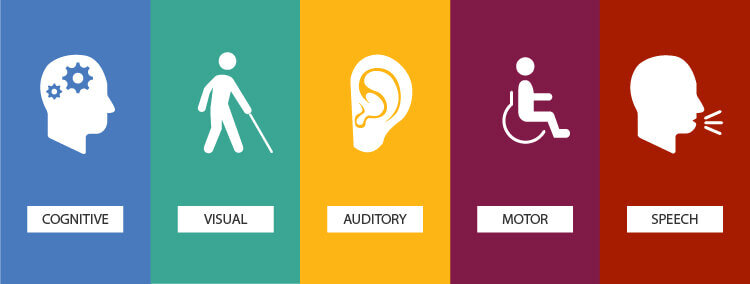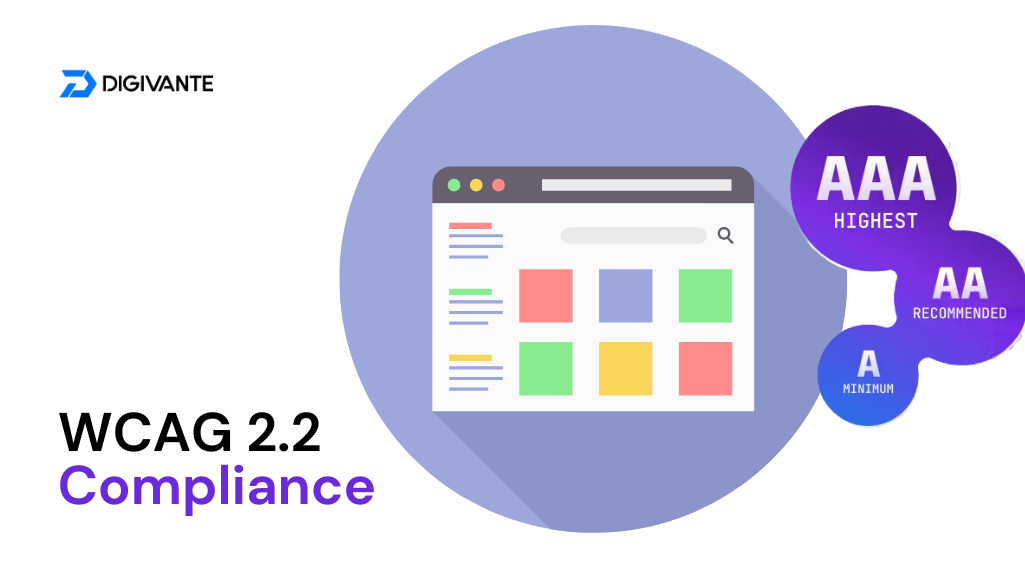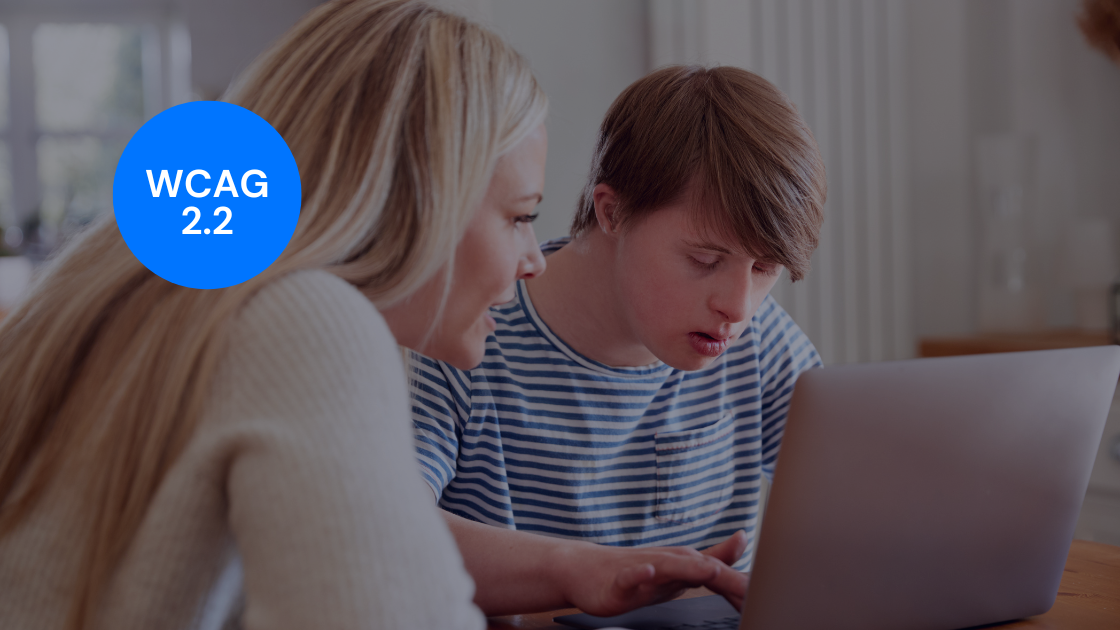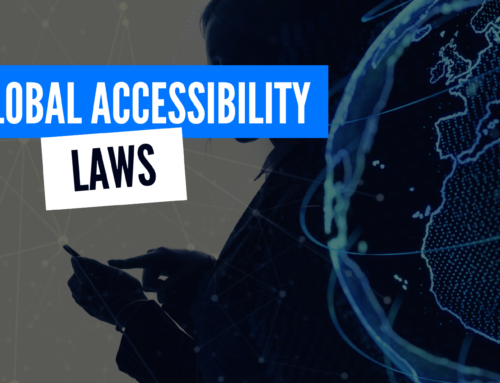Updated October 2023
After more than five years of anticipation and several delays, the World Wide Web Consortium (W3C) has finally unveiled the much-awaited update to its Web Content Accessibility Guidelines (WCAG). On Thursday, October 5, 2023, WCAG 2.2 was officially published, aiming to revolutionise online experiences for individuals with disabilities, particularly those with cognitive or learning disabilities and users accessing content via mobile devices.
The purpose and key features of WCAG 2.2
Building upon the foundation laid by its predecessor, WCAG 2.1, which graced our digital landscape in June 2018, WCAG 2.2 arrives with a mission: to ensure a more inclusive and accessible web environment. With two new Level A Success Criteria, four at Level AA, and three at Level AAA, these updates address the evolving needs of users with disabilities across various devices and digital platforms.

New success criteria in WCAG 2.2
Among the highlights of WCAG 2.2 are the introduction of the following success criteria:
3.3.7: (Level A) Accessible Authentication – This criterion ensures an accessible, easy-to-use, and secure method to log in and access content. Users should not solely rely on remembering, transcribing, or manipulating information (a ‘cognitive function test’) for authentication. Alternatives such as two-factor authentication, email link authentication, or using APIs/protocols like oAuth or WebAuthn are recommended. Additionally, fields should support auto-filling by Password Managers and allow credentials to be copied and pasted.
2.5.7: (Level AA) Dragging Movement – Any functionality that involves dragging (e.g., sliders) should have an alternative means of operation (e.g., clicking or tapping). Alternatives can include ‘Next’ or ‘Previous’ buttons, or + and – icons.
3.2.6 (Level A) Consistent Help – Access to help should be consistent across all pages. This could include human contact details, a contact mechanism (e.g., contact form), a self-help function (e.g., FAQ), or an automated mechanism (e.g., chatbot) available in the header or footer.
2.4.13 (Level A) Page Break Navigation – WCAG states that the “purpose of this success criterion is to allow people using assistive technology to find references to content based on the page break locators found in the default view or printed version of a publication”. In other words, it aims to ensure that irrespective of whether it was printed or viewed in an inconsistent manner (zoomed in or viewed in such a way where the content and its layout is adapted for those with disabilities) that there is a mechanism to reach the relevant page locator. It also aims to ensure that content is consistently accessible regardless of version (i.e. a new edition is released).
2.4.11 (Level AA) Focus Appearance (Minimum) – This criterion enhances the visibility of the keyboard focus indicator (e.g., a clear border around selected elements) with a minimum contrast ratio of 3:1 against adjacent colours and a minimum area (thickness) for the border.
2.4.12 (Level AAA) Focus Appearance (Enhanced) – This builds upon 2.4.11 with thicker borders and a higher contrast ratio (4.5:1).
3.2.7 (Level AA) Visible Control – Controls that were previously revealed by hover or click should be persistently available or easily found by users with cognitive disabilities, vision loss, and mobility and motor impairments.
2.5.8 (Level AA) Target Size (minimum) – Targets (interactive areas) should have a minimum target area of 24×24 CSS pixels, except where essential or legally required presentations are involved.
3.3.8 (Level A) Redundant Entry – Information previously entered in the same process should be pre-populated or selectable by the user, except when re-entering is essential for functionality or security.
2.4.7 Focus Visible – This criterion changes from Level AA to A.
Implications for previous WCAG 2.1 compliance
In the UK, while formal website accessibility regulations are yet to be adopted across all private sectors, compliance with WCAG 2.1 Levels A and AA has emerged as the gold standard referenced in recent legal cases and settlements. As WCAG 2.2 gains recognition, it’s poised to replace its predecessor as the go-to standard in future accessibility-related legal proceedings and settlements.

Looking ahead
With WCAG 2.2 likely marking the final dot release of WCAG 2.x, attention turns towards the next major version update: WCAG 3.0, also known as project “Silver.” Promising a more inclusive and user-friendly set of guidelines, WCAG 3.0’s release date remains shrouded in mystery, though whispers suggest it could become a W3C Standard in the years to come. We’ll keep you in the loop on any developments regarding WCAG 3.0.
Here at Digivante, we’re on the forefront of these updates, ensuring that our accessibility testing services remain aligned with the latest guidelines and standards. If you’re navigating the labyrinth of web accessibility and need a guiding hand, don’t hesitate to reach out.
Together, let’s make the web a more inclusive and welcoming space for all!






